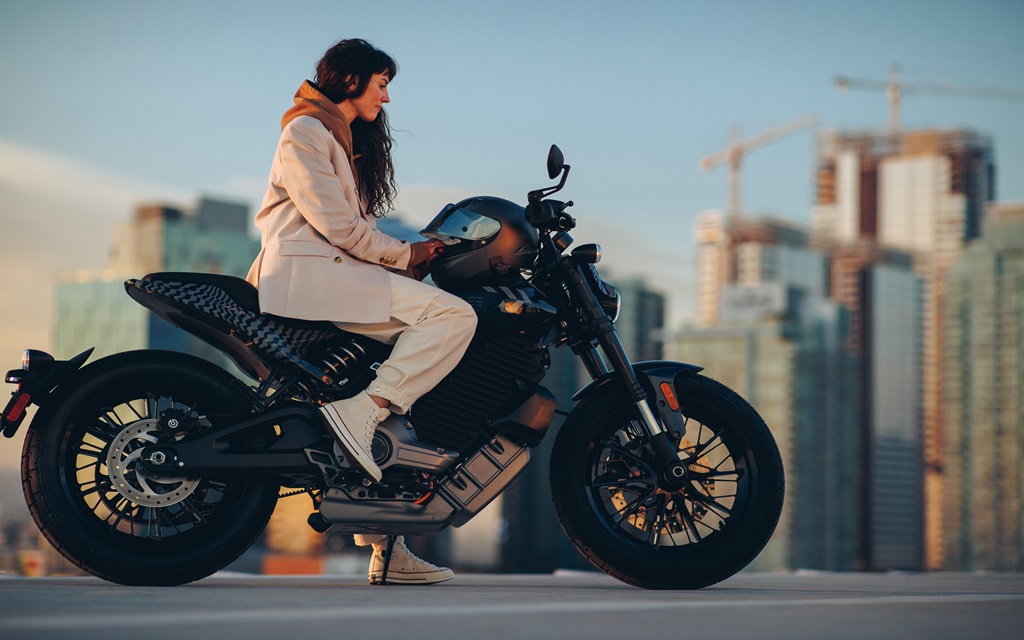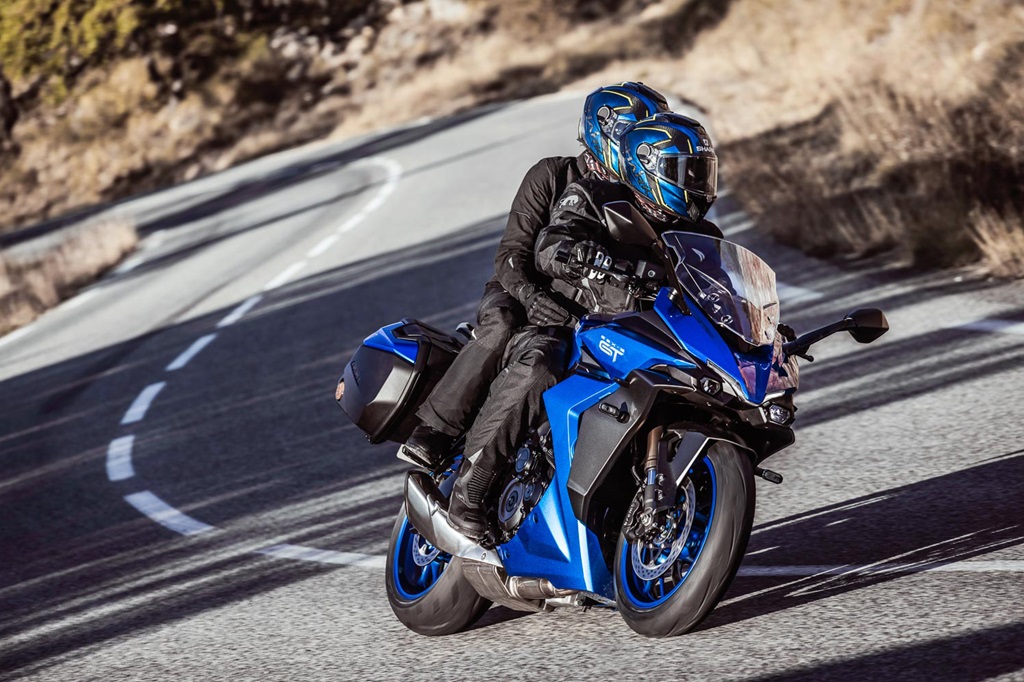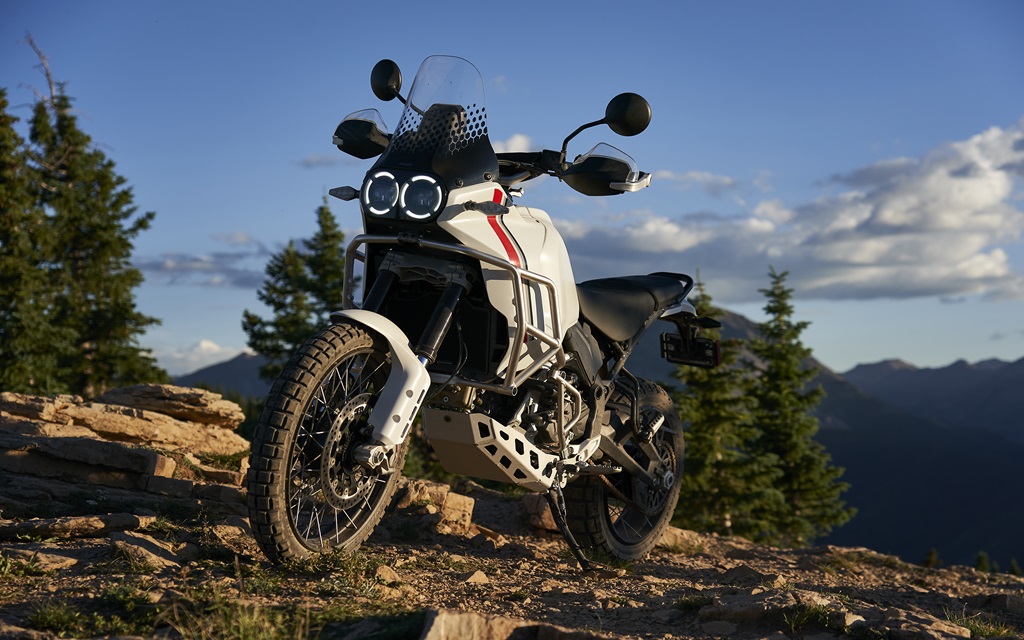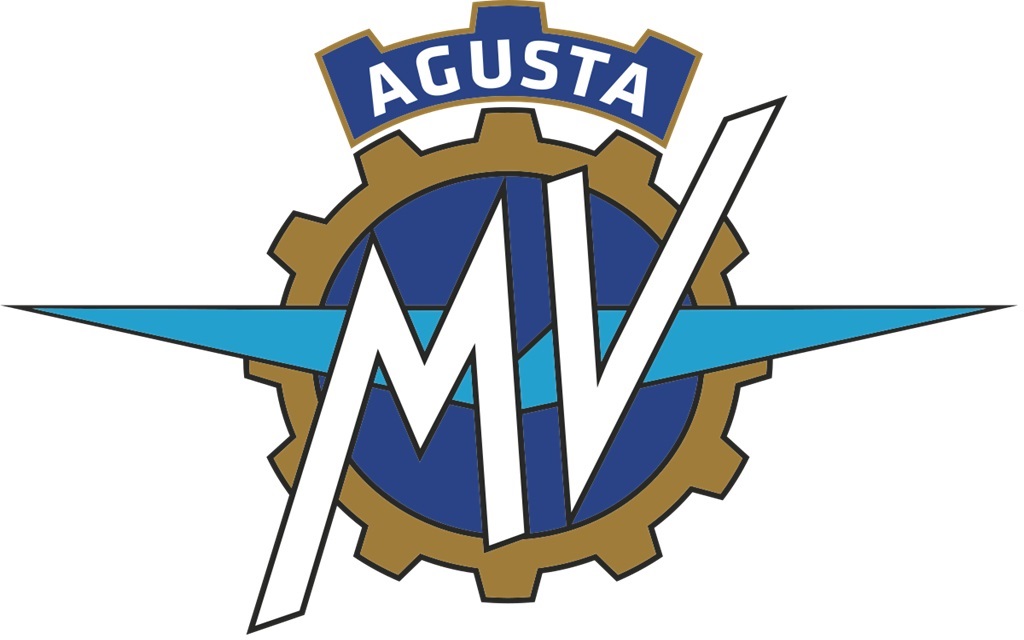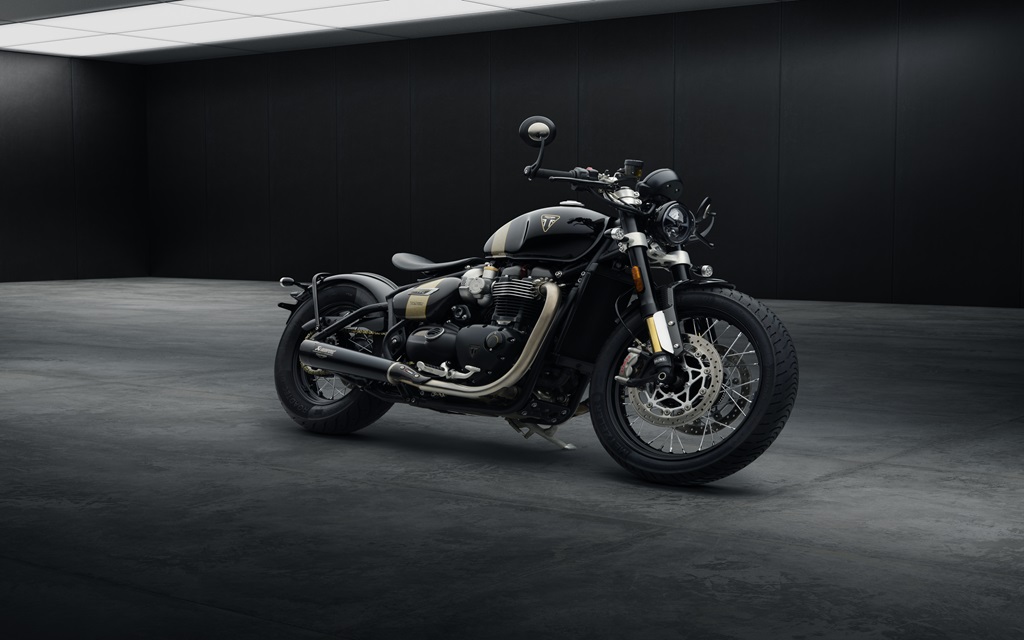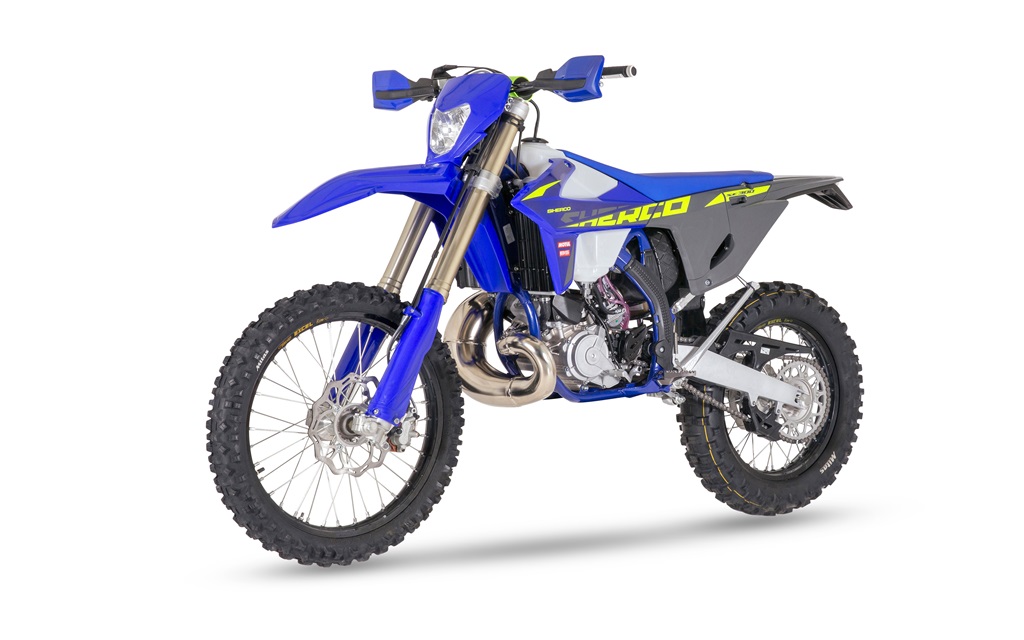Electric motorcycles haven’t been developing quickly as hoped, but that may be about to change
While motorcyclists were excited to see new parallel twin engines from Japan this year, it seems likely that unless things change, we are nearing the end of the internal combustion era. It’s not because gasoline doesn’t make sense, and not because people don’t want it. It’s because around the world, regulators are bringing in laws to eliminate new internal combustion engine vehicles. In most cases, this is slated to happen around 2035.
Previously-manufactured gasoline-powered motorcycles may be around much longer than that, but in many countries, under current regulations, you will not be able to buy a new V-twin, parallel twin, inline four, etc., in just over a decade’s time. In fact, unthinkable as it may be, the UK’s regulators actually tried to get internal combustion motorcycles banned even sooner. Leaders in that country wanted gasoline powered motorcycles halted from new-model sales by 2030. That’s only seven years away, and it’s no surprise that they were greeted by an outcry that saw them walk that plan back.
With this in mind, it’s no surprise that the motorcycle manufacturing industry is working very hard on electrification. Here’s a breakdown on the big moves we’ve seen over the past few months:
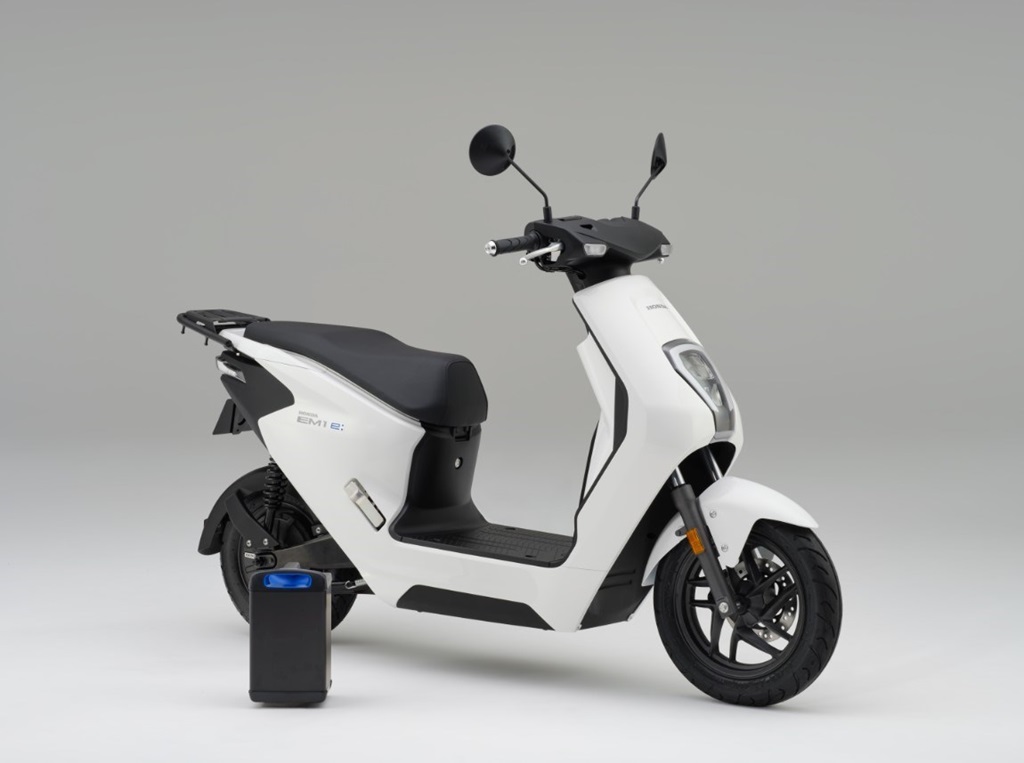
Honda leads the way
Honda is the world’s largest small engine manufacturer, so it has more motivation than anyone to come up with a plan forward. And yet, while many competitors released electric two-wheelers of all kinds—maxi scooters, naked bikes, trials bikes, dirt bikes—Honda has made no flashy big-news announcements. The only electric two-wheeler that Honda has released and publicly put consistent development into is a series of commuter-friendly electric scooters, and most of those have been for the Japanese domestic market (and now Europe as well).
But these scooters may hold the key for the future. Honda is wisely focusing on developing the technology that supports these scooters—quick-swap batteries and a distribution plan for those batteries. The biggest problem electric two-wheelers face is battery range, and Honda is working hard to overcome that. Its small scooter fleet is just the start of this work, but it is the most important step, as it focuses on the practical side of two-wheelers.
Honda is working at bringing this quick-swap battery tech into other bikes in the future, as one of the biggest players in an international consortium that brings together other motorcycle manufacturers with battery makers and other tech and industrial giants. At this point, more than 20 groups or companies are tied into this project, which is aimed at making quick-swap motorcycle battery technology viable from all angles—manufacturing, distribution, durability, safety, and so on.
Finally, Honda is tackling the second large problem that electric two-wheelers face, one that most manufacturers haven’t openly admitted to yet: Battery bikes are still overwhelmingly expensive. While portrayed by media and marketeers as a money-saver, the reality is that there is still no electric motorcycle with performance equivalent to a 400-650cc motorcycle while also competing in cost. The scale of production isn’t there yet.
At a big press conference in September of 2022, Honda’s bigwigs said this is going to change in coming months. In perhaps the most significant announcement from any motorcycle manufacturer in decades, Honda says it wants to have 15 percent of its vehicle production battery-powered by 2030. That number will include hundreds of thousands of electric motorcycles, e-scooters and e-bikes, and we should see this playing out in our own market very soon. While Honda’s practical electric scooters have focused on Asian markets to this point, the company says we’ll see electric motorcycles with performance similar to a middleweight gasoline-powered bike in North American showrooms by 2024. Honda appears ready to start promoting this new line of machines as early as this winter.
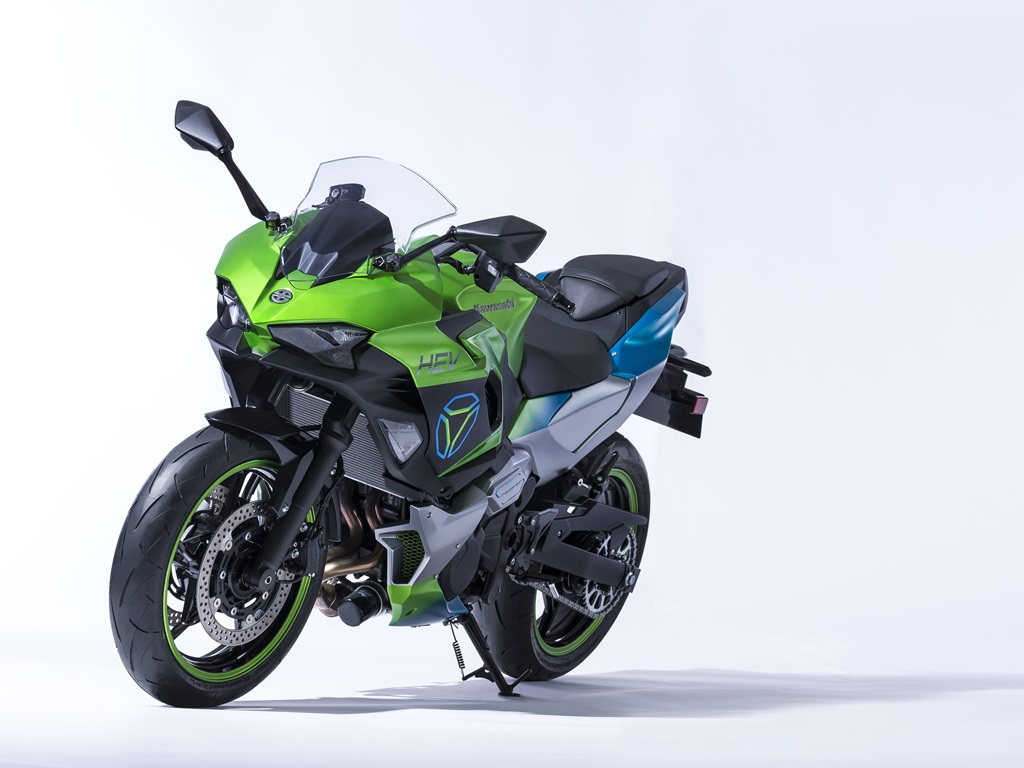
Kawasaki’s sporty alternative
While Honda has focused on the practicality of electric motorcycles so far, Kawasaki is looking to build sportier machines. For months, Kawasaki teased video and photos of an electric sportbike under testing. At the Suzuka 8-Hour endurance race, Kawi actually wheeled an electric motorcycle and a hybrid motorcycle onto the track, doing a lap for spectators. These projects re-appeared at the EICMA show in Milan a few weeks later.
While these are obviously functional prototypes, Kawasaki hasn’t shared many specs or other details. They both appear to be built off the Z400 chassis, and that’s about all we really know. It is comforting, though, to see Kawasaki make this hybrid. While hybrid powertrains add expense and complexity, they also make the bike far more capable of travel and less bound to charging infrastructure.
Earlier in 2022, Kawasaki also announced the Elektrode powered balance bike for small kids, and is reportedly working on other, similar electric minibikes for upcoming release.

The rest of the Japanese?
Yamaha is working on electric scooters, but that’s about all we know there. Their electric trials bike is also competing in FIM events, but it is not for sale yet. As for Suzuki, their much-publicized withdrawal from MotoGP this year was accompanied by comments about investing into the future. Presumably, this includes electric motorcycles, but talk from the company’s leadership along with investment in a new motorcycle factory in India indicate that Suzuki still plans to build plenty of internal combustion bikes for markets that want them.
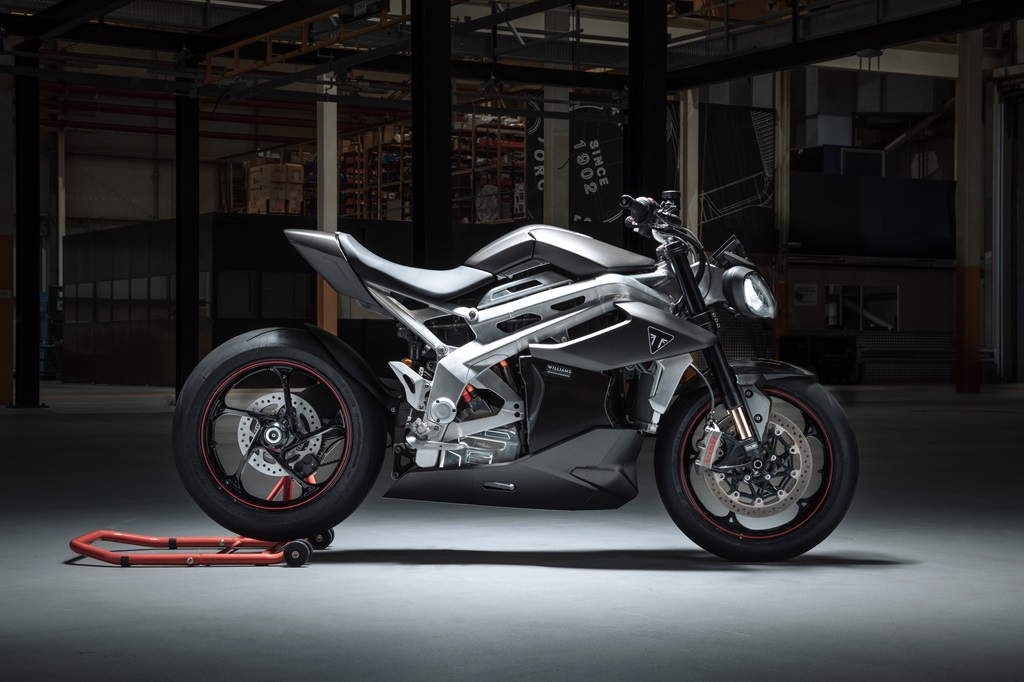
European plans?
Although much of the push to EVs comes from Europe, the manufacturers there have been just as slow as the Japanese in their push to battery bikes. Much of the development has come in the off-road segment. The BMW CE 04 scooter, which hit markets in early 2022, is probably the most interesting street-legal battery machine available from a mainstream Euro manufacturer. The Piaggio Group, particularly Vespa, has its own electrification project running, but if you want a truly interesting electric motorcycle that you can buy right now, you have to go to Energica.
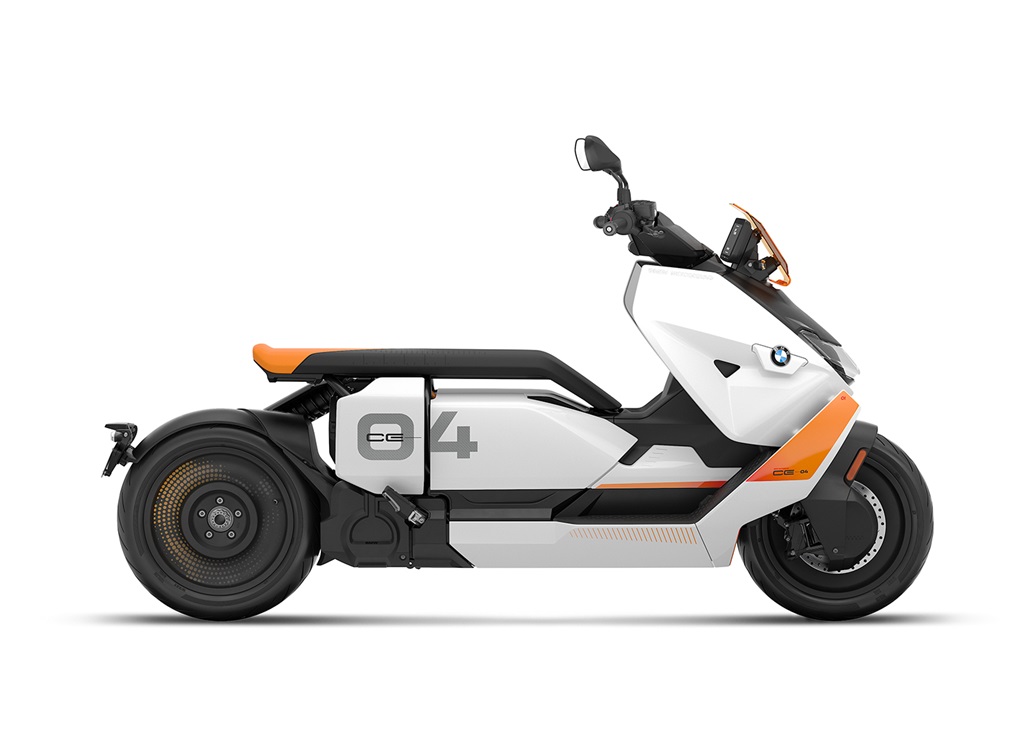
Energica has taken its lessons learned as the manufacturer behind MotoGP’s MotoE World Championship and developed the most capable street-legal electric motorcycles in the world at this time, combining power, range and styling. Sadly, they are not available at most riders’ budgets.
Triumph’s TE-1 electric motorcycle project looks promising, and we do expect its release very soon, but the specs we’ve seen so far do not appear to compete with Energica’s capabilities. Instead, they’re more inline with the Harley-Davidson LiveWire. Speaking of which …
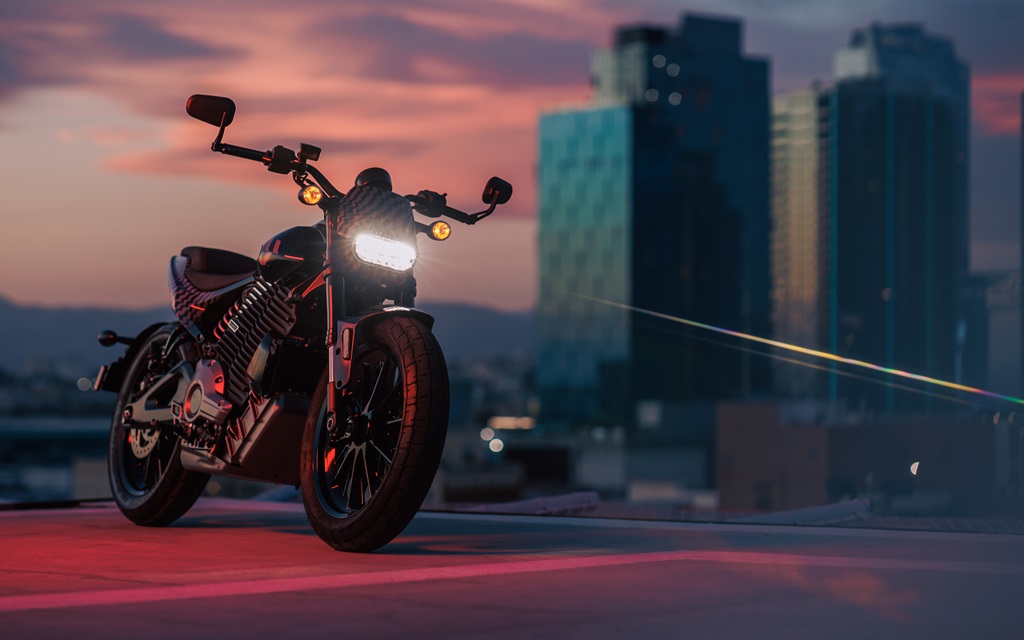
Made in America
Harley-Davidson made headlines in 2022 by spinning its electric motorcycle business off into its own company, named LiveWire, and trying to raise money through a much-publicized IPO this past fall. That IPO did not raise the cash that Harley-Davidson hoped for; the result on LiveWire’s future is unknown now, but it will certainly have an impact.
Along with the LiveWire ONE (which appears very similar to the Harley-Davidson LiveWire model), the company now sells the S2 Del Mar, a second model with street tracker styling, with deliveries in coming months. Pre-sale numbers for the S2 Del Mar looked good, but current sales numbers are unknown, and while its $16,999 MSRP is less than the ONE, that’s still a hard pill to swallow in our slumping economic times.
Elsewhere in the US, Zero is still building electric motorcycles with more capability than Harley/LiveWire’s offerings, at less cost—but they still aren’t cheap. Zero is somewhat limited by its powertrain’s configuration, but the company does continue incremental upgrades every year that make electric motorcycles more and more practical. The DSR/X adventure bike, unveiled this year, will not replace the KLR or the GS, but it does give riders a chance to enjoy unpaved roads under battery power.
And if you want an electric motorcycle in Canada, Zero is still probably your best bet. They’re available, unlike many other manufacturers’ bikes. They’re priced better than many other machines, and they have better battery capacity than many competitors.
The road ahead?
With further announcements expected from Honda, Kawasaki and Triumph in coming months, 2023 should feature a lot of progress in the world of electric motorcycles. Don’t get ready to throw away your gasoline-powered bike yet, though; despite the progress we expect, battery bikes still haven’t caught up to their ICE counterparts in pricing or capability yet.
